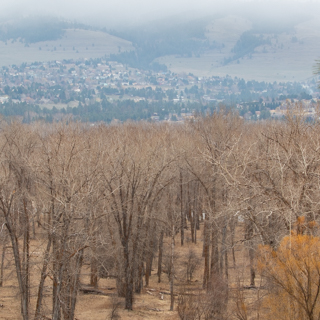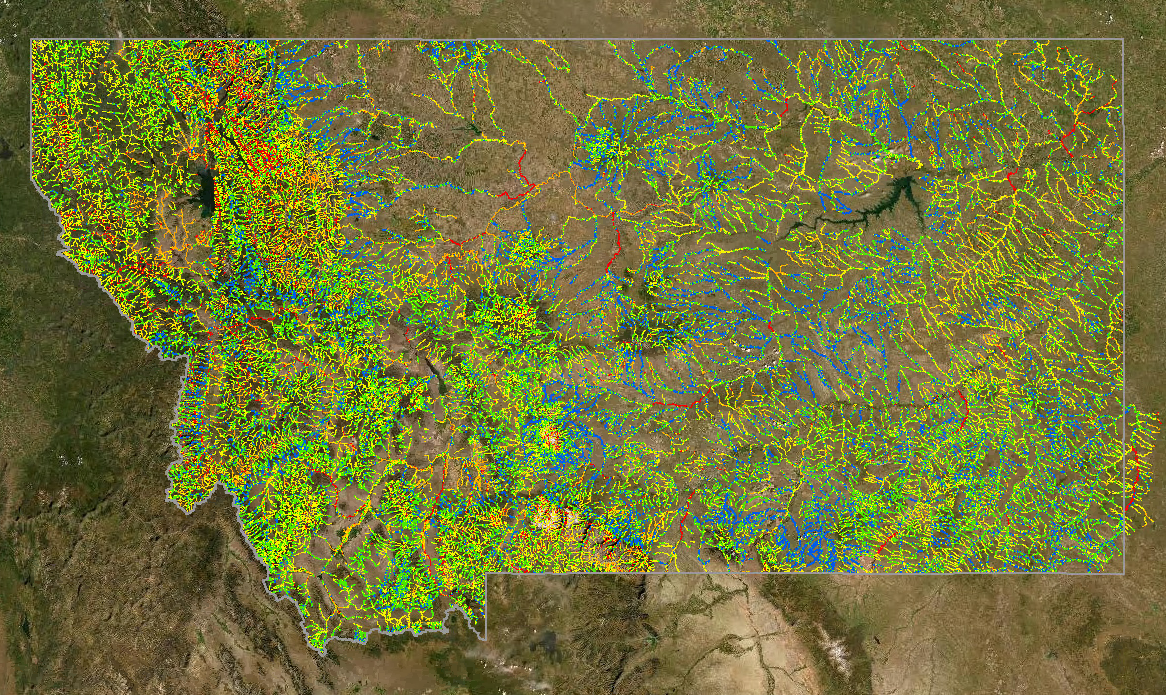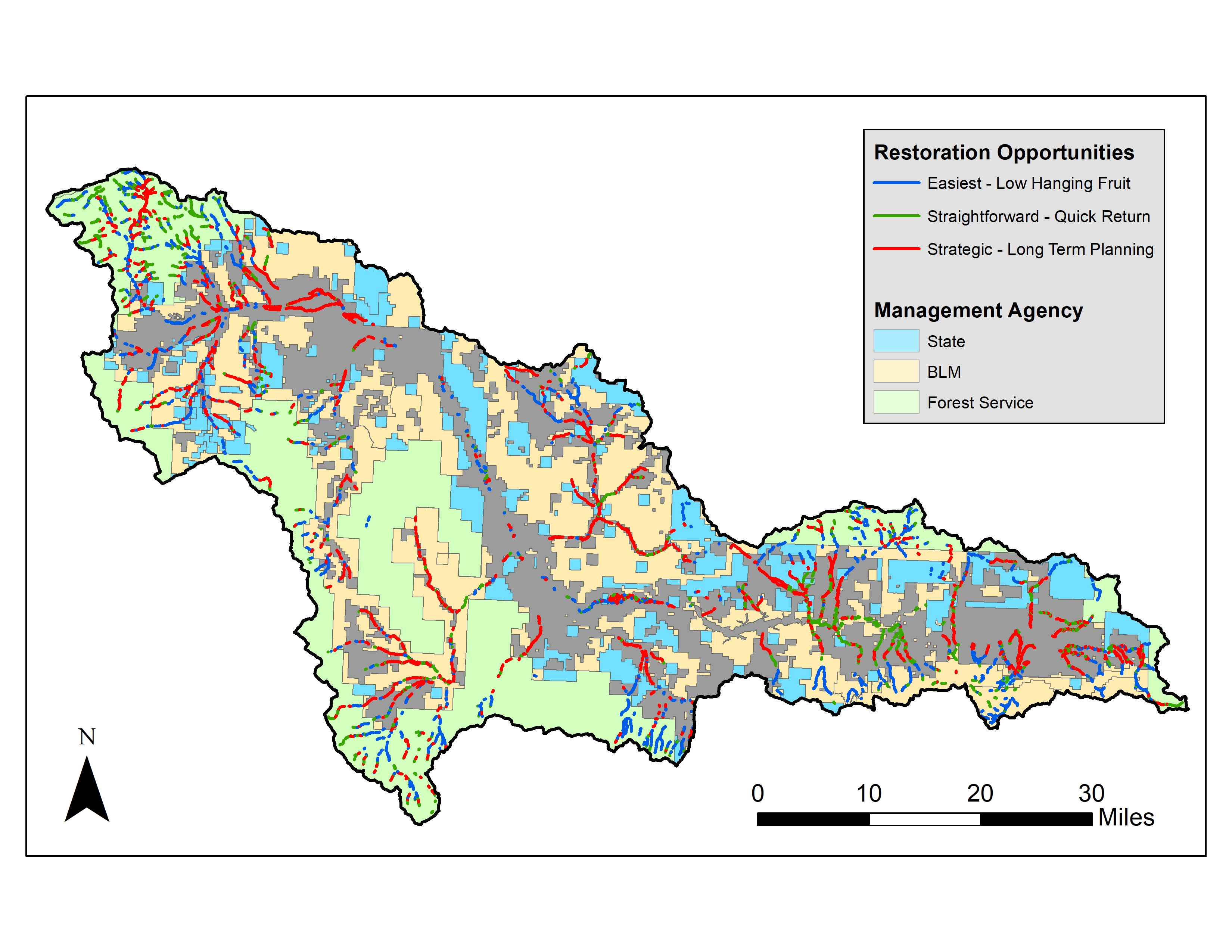Montana Beaver Restoration Assessment Tool (BRAT)
A Decision Support and Planning Tool
Project lead: Linda Vance
Analyst: Claudine Tobalske
BRAT is a decision support and planning tool intended to help researchers, restoration practitioners, and resource managers assess the potential for beaver as a stream conservation and restoration agent over large regions and watersheds. Developed by Wally McFarlane and Joe Wheaton of the Ecomorphology and Topographic Analysis Laboratory at Utah State University, BRAT was first tested for a pilot area, then extended to the whole state of Utah; there are several BRAT projects currently underway throughout the West. In 2017, the Bureau of Land Management contracted the Spatial Analysis Lab to assess the feasibility of running the model in Montana and South Dakota; that work was completed in 2019 when the latest version of pyBRAT (3.1.00) was made available.
View the data: BRAT Data Explorer (see the User Guide for a tutorial)
Download the data:
View metadata: BRAT attribute table
References on methodology:
- Macfarlane, W.W., J.M. Wheaton, N. Bouwes, M. Jensen, J.T. Gilbert, N. Hough-Snee, and J. Shivick. 2015. Modeling the capacity of riverscapes to support beaver dams. Geomorphology. DOI: 10.1016/j.geomorph.2015.11.019.
- The Riverscapes Consortium - Beaver Restoration Assessment Tool


